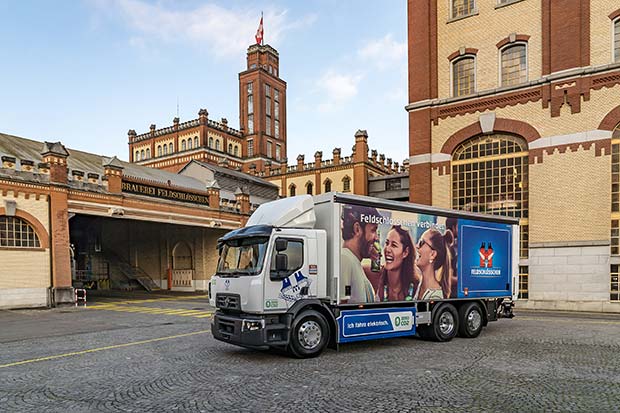Grahame Neagus, Head of LCV, Renault Trucks UK and Ireland: Government acceleration of the deadline for the ban of all new fossil fuel vehicles by 2030 has received much press coverage, but where does that leave the commercial vehicle operator?


For a start, nine years is not a long time and so planning needs to begin now; leave it for five years and risk a chaotic transition. Early planning and working with your supply chain now is always advisable, as well as having a well-documented project plan in place for a seamless changeover.
Hitting the emissions targets is no easy task, with questions often raised around product availability. Our aim as an industry is to move more product, more quickly, more efficiently and at lower costs, so planning is vital. Like cars, there are more and more commercial vehicles now coming on the market that closely fulfil the duty cycles of their diesel counterparts. For example, at Renault Trucks there are now vans and chassis’ from 3.1 tonnes right through to 26 tonnes, with a growing range of options available.
Total Cost of Ownership (TCO) models are now on par with many diesel equivalents, and for operators this is particularly important as over 60 towns and cities in the UK are now in the process of creating their own ‘low emission zones’ with strict vehicle entry regulations.
If we look at other countries and their efforts to reduce a reliance on diesel and petrol vehicles, there is much to learn. Norway, for example, is leading the way, having gradually introduced a wide range of incentives since the early 1990s to promote zero-emissions vehicles and a national goal that all new cars sold by 2025 should be zero emissions. Supporting this is a highly effective transport system which includes a mature infrastructure, and today over 60% of all new vehicles registered (car and light van) are fully electric.
On heavier combinations, 44 tonnes and above, many countries like Netherlands and Norway are now introducing much higher operating weights and lengths to optimise payloads per trip and reduce emissions produced per pallet delivered. Couple this with the use of synthetic diesels and CO2 emissions can be reduced by up to 90% with the latest Euro 6 engines so there are solutions now across the technologies at these much higher weights.
It is clear that for the UK to get where we need to be in the next nine years there must be some creative and bold steps taken by policy makers. For us as operators and OEMs, it’s about working together and getting alternative fuelled vehicles into service, whilst we all lobby legislators to learn from our European cousins.
Now is the time to start talking with your OEM, understand the technologies available today and jump aboard for a journey into a cleaner future for all. Execution of that plan is at the heart of what you do day in, day out; planning for tomorrow’s fleet is no different and it starts today with scoping, ordering, experiencing and applying.




Comments are closed.